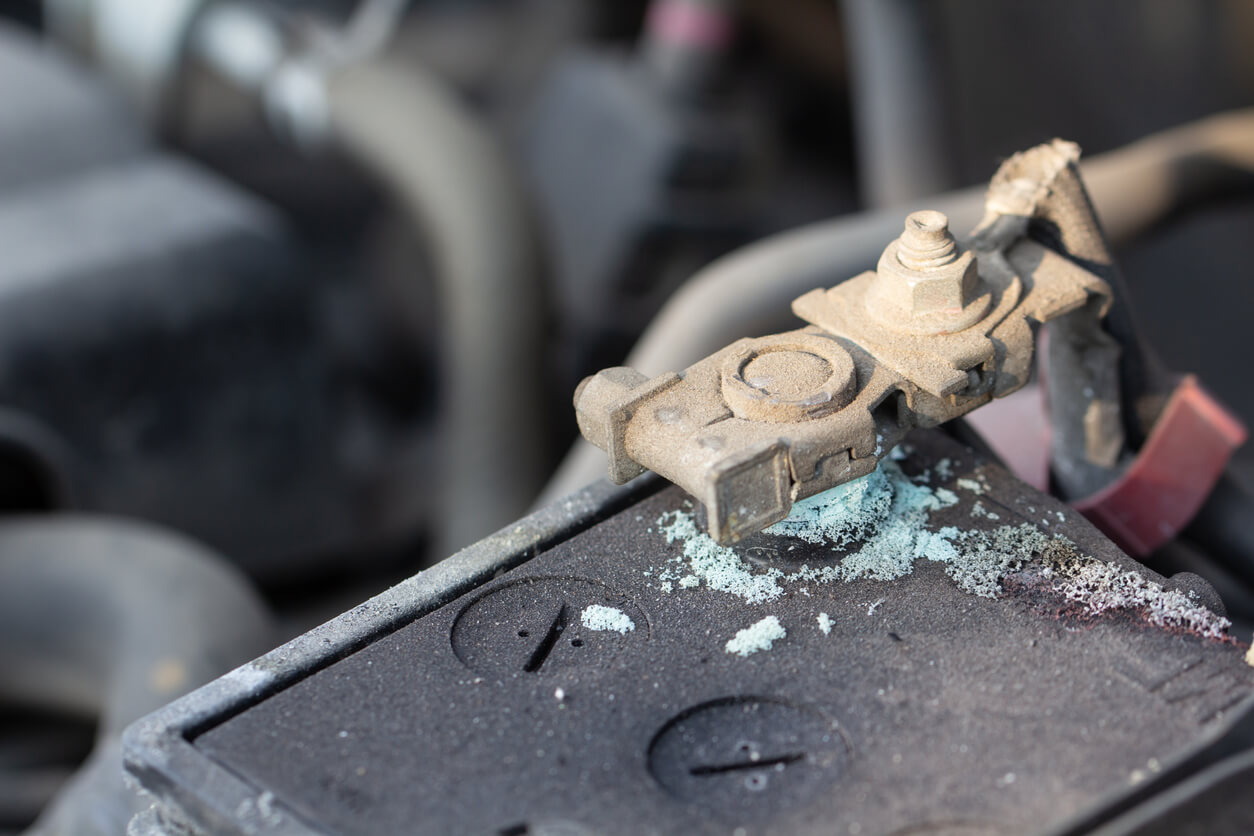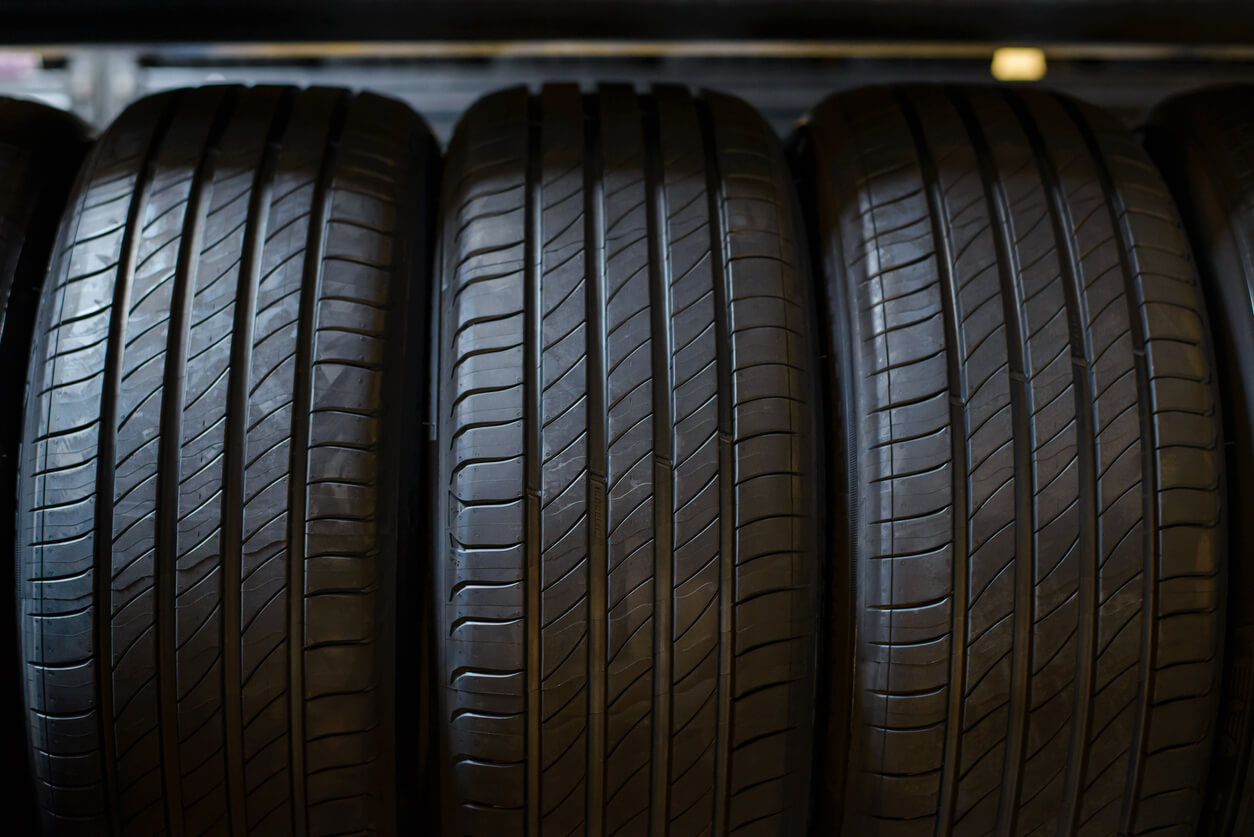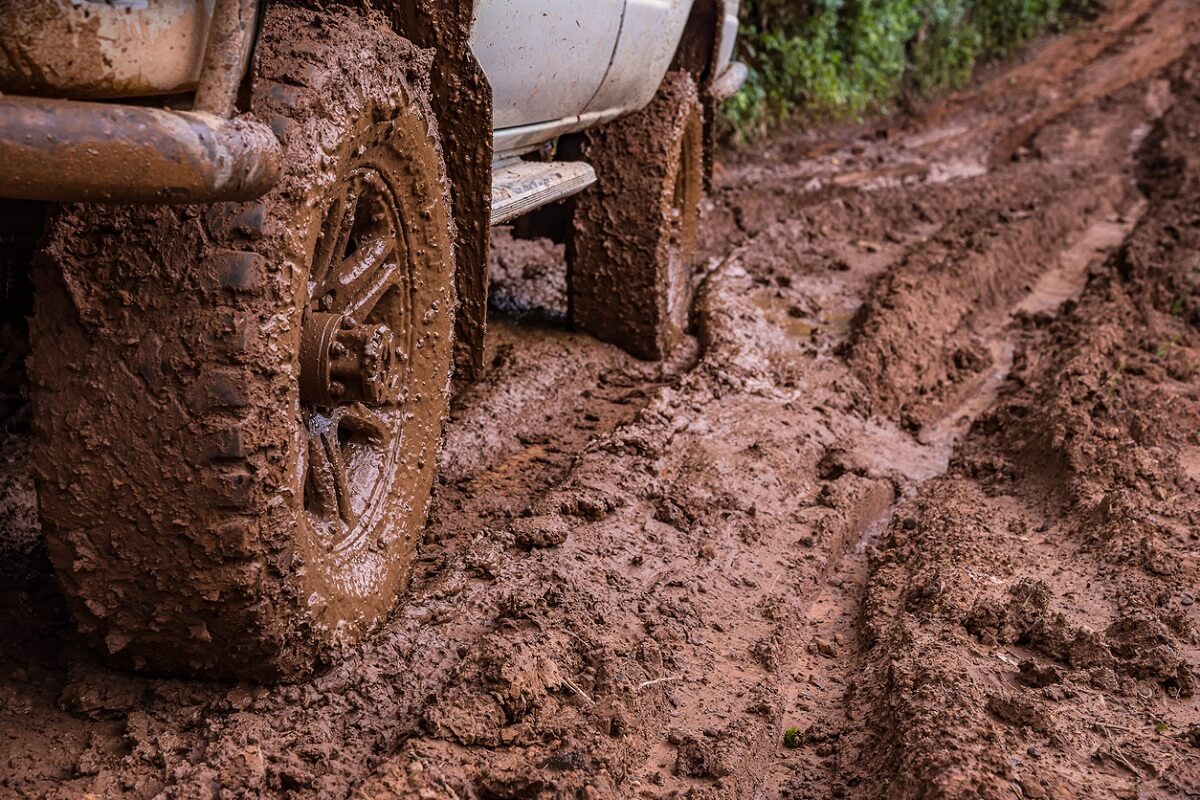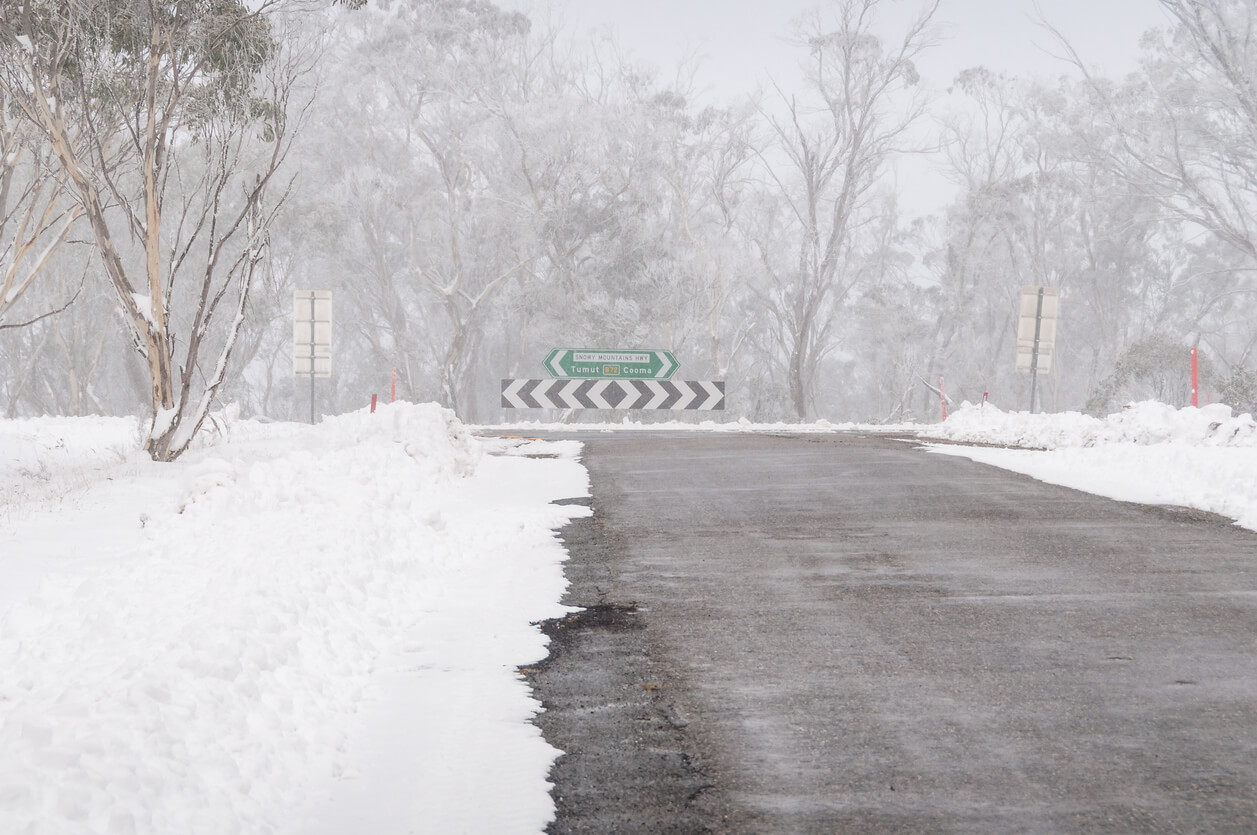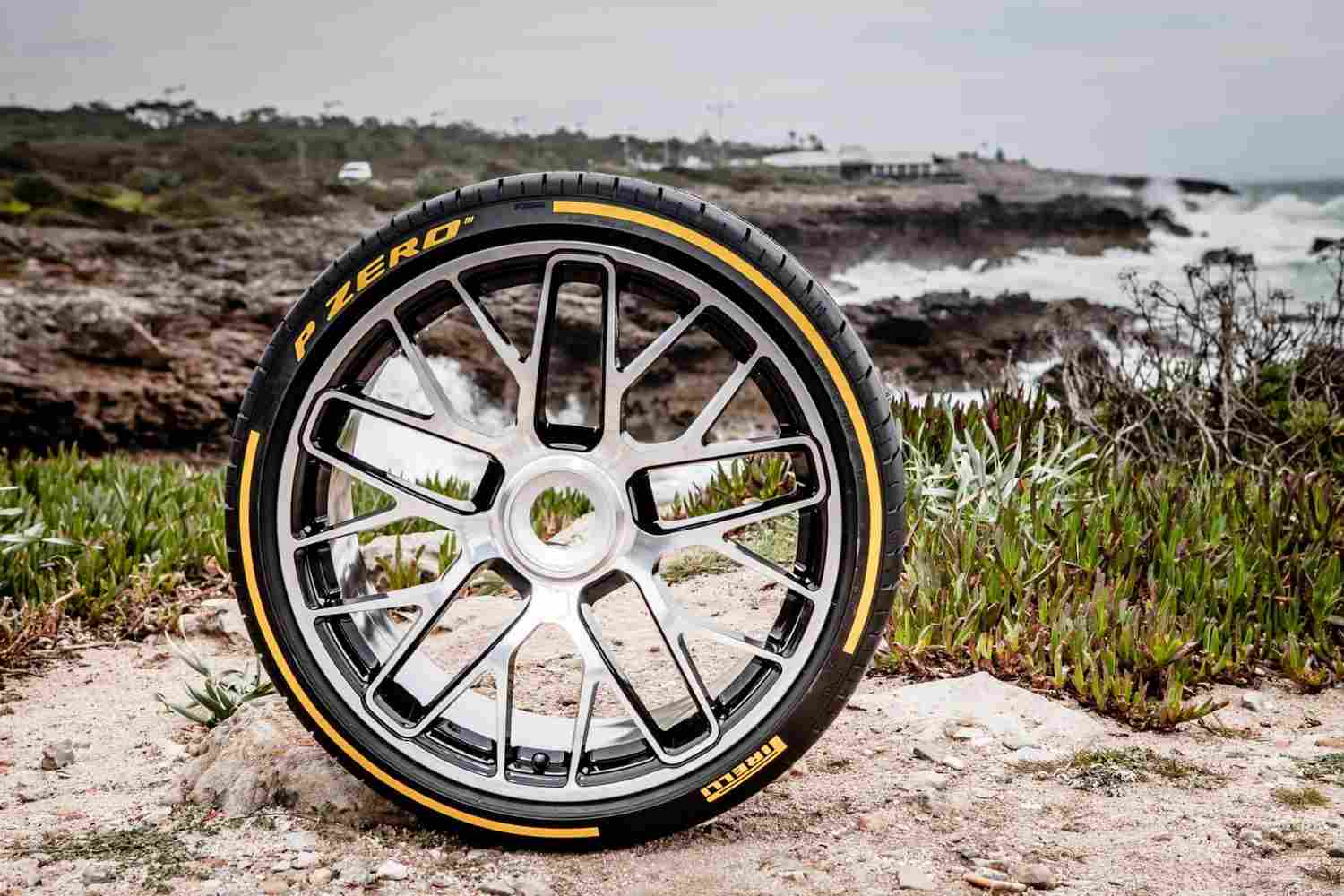Driving in the wet can be dangerous, not only to you and your passengers but to those motorists around you. As the first rains fall, they combine with oils and dirt on the surface of the road to create sometimes hazardous and slippery conditions. There are a few contributing factors to ensure your vehicle is safe during heavy storms or even light sun showers. Here are a few checks that you can make before leaving for your next drive.
- Check your cars tyre pressure
- Check your tyre’s tread wear & depth
- Check your cars lights including headlights, tail lights and indicators
- Check that your brakes are working properly
- Check the weather before heading off
Checking your car's tyre pressure is a simple way to ensure your car is going to be safe on the roads. This can be made at a service station or at home using a simple device called a tyre gauge or PSI gauge. There is a digital model available on the market now with an extremely simple display of your car's tyre pressure. It’s also not a bad idea to carry one in your vehicle, as the gauges on supermarket and service station pumps can’t be trusted.
For your vehicle’s recommended tyre pressure, simply look for the pressure details, which are usually on a placard, which can be located (depending on vehicle manufacturer) either on the driver’s door sill, the glove box, under the fuel cap, under the bonnet or in the vehicle driver’s manual. The pressure measurements on the sidewall of your tyre is the MAXIMUM tyre pressure, not the recommended tyre pressure - a common mistake made by drivers. Your vehicle’s manufacturer in conjunction with tyre companies have come up with your car's optimal tyre pressure through vigorous research and development in specialised testing facilities. So regardless of what your tyre’s sidewall says, always go off your vehicle's placard.
If you’re unsure as to what pressure you should be running in your tyres, don’t hesitate to drop by Tyrepower, and one of our expert fitters can advise you on both the optimum pressure to run, and the health of your tyres.
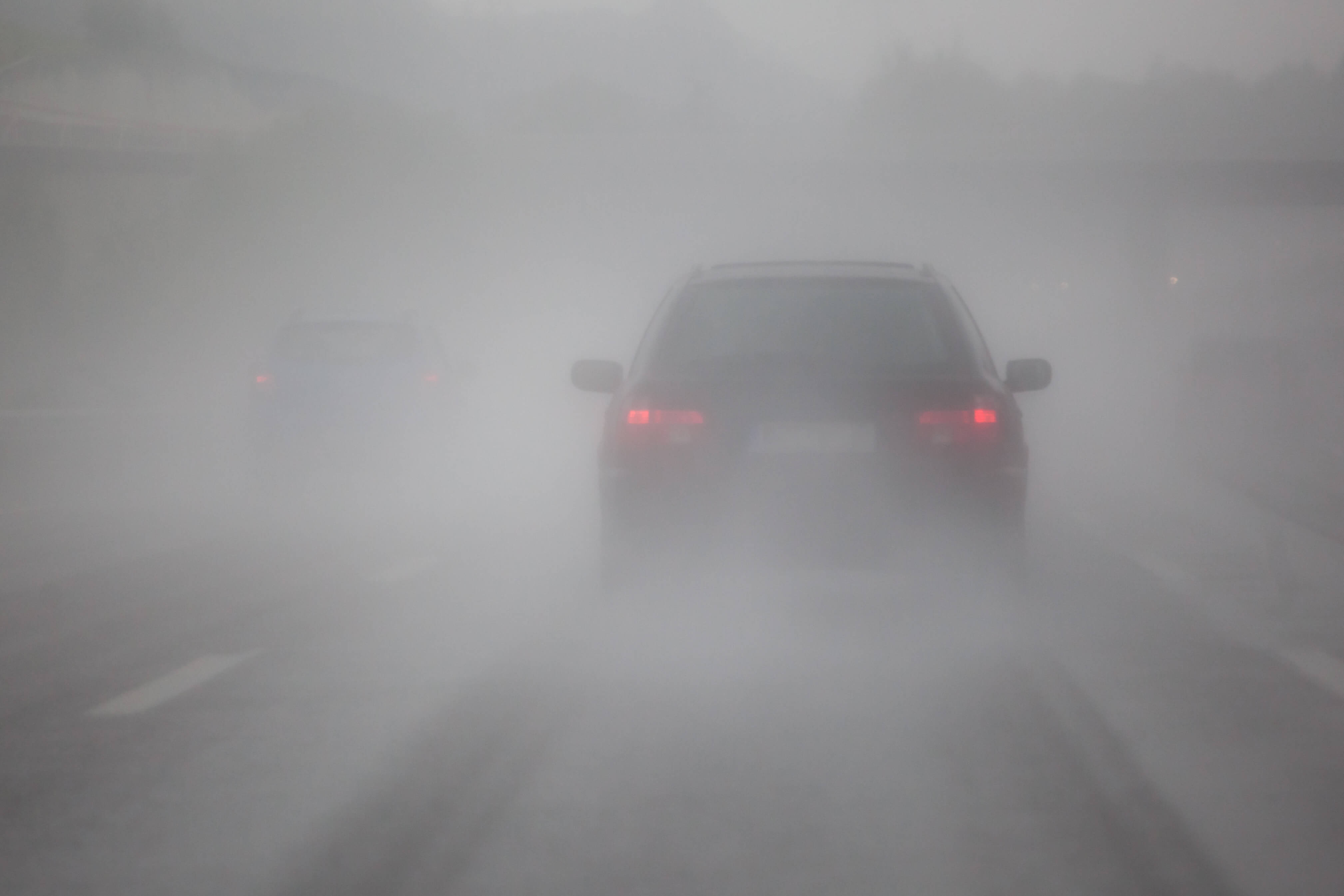
Checking the tread wear on your car is vital for wet weather driving. If you have near bald tyres, the water will have nowhere to escape, resulting in aquaplaning. Aquaplaning is extremely dangerous and difficult to control once engaged. Its best to avoid with your regular tyre checks! It’s also best to avoid puddles or bodies of water you may come across on the road. Tread depth should be no less than 2.5mm. Your tyres may wear unevenly, this usually points towards the need of a wheel alignment. Tyrepower are specialists in Tyre and wheel balancing and alignments.
If you ever find yourself in a skid or losing control of your vehicle, it’s important to remember not to slam on the brakes. This can accelerate the vehicles rotation. If your car is fitted with ABS (Anti-lock Braking System) then apply pressure firmly and evenly. There is no need to pump the brakes, as the ABS on board mimics this action automatically. Steer the car in the direction of the skid with two hands firmly on the steering wheel until the car comes to a complete stop. Check your surroundings or move the car off the road to somewhere safe before getting out of the vehicle.
When driving conditions are extremely poor and visibility has reduced considerably, pull the vehicle off the road safely. Find a spot where you can wait out the heavy rain or storm. You should always slow down when driving in the wet. Braking distances are 3 times greater, so it’s important to keep a good distance to the vehicle in front of you. You can also try and drive in this vehicle’s tyre tracks, as this improves the chance of bonding between the road and your car's tyres. It also reduces the risk of aquaplaning.
There are a number of great tyres on the market that have been tried and tested in all kinds of driving conditions. Pirelli Tyres gained a 5-star rating in all performance aspects earning them the 2017 Canstar Blue award. Tyrepower has the full range of tyres to suit all road conditions on most makes and models. From the family SUV to performance sports and track cars. Come in and speak to one of our highly trained expert staff today about the best tyre to suit your vehicle. We stock the best brands from award winning Pirelli to Continental, Bridgestone, Dunlop, TOYO, Goodyear and Michelin.
Call us today on 13 21 91


















